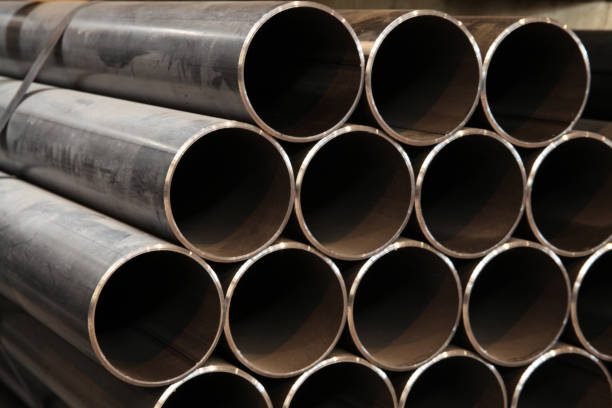Carbon steel pipe has long been a staple in the oil and gas industry due to its durability, strength, and affordability. But as concerns around climate change continue to grow, the industry is also looking to carbon steel pipe as a more sustainable solution.
Unlike other materials like stainless steel or plastic, carbon steel pipe is a widely available and inexpensive material, making it an attractive option for oil and gas companies. In addition, carbon steel pipes are known for their high strength and resistance to stress, corrosion, and extreme temperatures, making them ideal for use in harsh environments.
But beyond its practical benefits, carbon steel is also an environmentally friendly option. Because carbon steel is a low-carbon material, it has a smaller carbon footprint than other materials like stainless steel, which is more energy-intensive to produce. Additionally, carbon steel is 100% recyclable and can be reused without compromising its quality or strength.

As the oil and gas industry continues to focus on reducing its environmental impact, carbon steel pipe is becoming an increasingly popular option. In fact, according to a recent report by Grand View Research, the global market for carbon steel pipes is expected to reach $89.9 billion by 2025, driven in part by demand from the oil and gas industry.
While carbon pipe may not be the most glamorous option, it is certainly one of the most practical and sustainable. As the industry continues to evolve, we can expect to see even more innovation and development in this essential material.

